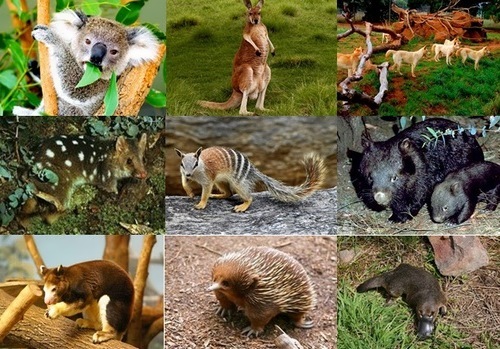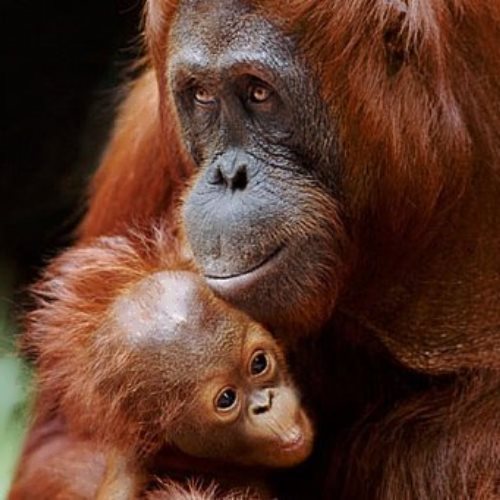Most interesting facts about animals
– The tongues of some moths and butterflies are as long as their bodies. The food of these moths and butterflies is the nectar. It is produced in the deep pockets of flowers. By unrolling its tongue the insect can reach the nectar. When the insect rests, the tongue is coiled up like the spring of a watch, but it is always ready to unroll again in a moment.
– Some butterflies taste with their feet.
– Most flies live their lives in spring and summer; then they die. But some of them find warm places (usually in houses) where they can hide. They do not eat in winter. They sleep as bears. Sometimes a warm day in winter wakes a fly and makes it hungry. So the fly begins to look for food. But the warm days pass, the cold returns and kills the fly. Very few flies get through the winter.
– The stinger of a mosquito weighs 0.000.006th of an ounce.
– The water beetle carries a reserve supply of air under its wings.
More »






